What difference does it make which glass you use? A question frequently asked, but if you consider there are about 54 glazing options, then that suggests there must be some significant and subtle differences.
Glazing technology in the picture framing industry has massively improved over recent years and it can seem like a minefield. Certainly when I returned to picture framing it completely blew my mind. Could all of these options really by necessary and why?
You can start to narrow the field by deciding on your priorities and setting a budget. All good picture framers will want to do the best for the artwork, particularly if it’s unique, original or a limited edition print; but you may have other personal considerations to throw into the mix.
A good place to start is to consider the value of the piece to be framed, its financial, sentimental and even its historic value. If your artwork falls into any of these categories you may want to consider significant protection. Good old 2mm float picture framing glass was once the mainstay of the framing industry, a high quality and keenly priced product, still available today. Although it offers great protection against physical damage it provides little protection from Ultra Violet (UV) light and is highly reflective. Without going into the science, UV represents only 5% of the visual spectrum, but accounts for 90% of damage to artwork. So one of your glazing decisions will be how much UV protection to provide your work, 40%, 50%, 70% or the maximum 99%? This answers another question, we picture framers can’t protect your work 100% from fading, but we can slow it down.
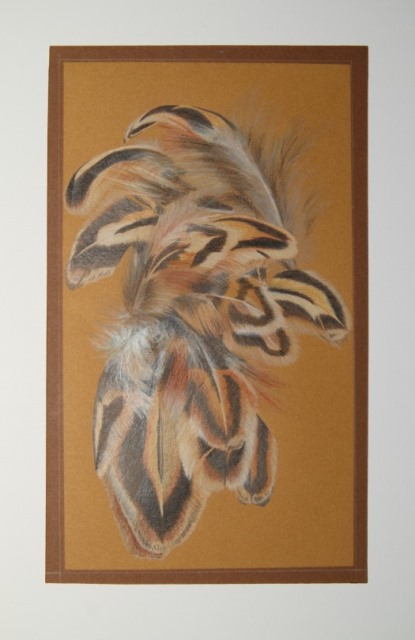
Here you can clearly see damage caused by UV radiation.
The border is the original colour of the paper.
Another really exciting development in picture framing glass is low reflectance coatings. A technology developed for the ophthalmic industry which has been harnessed for the art world. Specialist coatings reduce reflection from the surface of the glass from 8% to an incredible 1%, providing near invisible glazing, which means you see your image, before your own reflection. There are certain lighting conditions where this glass isn’t appropriate, but it’s great for high contrast, dark work, box frames, detailed work and black & white photography, but it isn’t cheap. Despite this, when clients see what it can do for their work, it’s pretty compelling, and increasing in popularity over traditional etched diffused glass.

The limited edition print shows just how distracting reflection can be, and how it spoils the enjoyment of the artwork for the viewer.
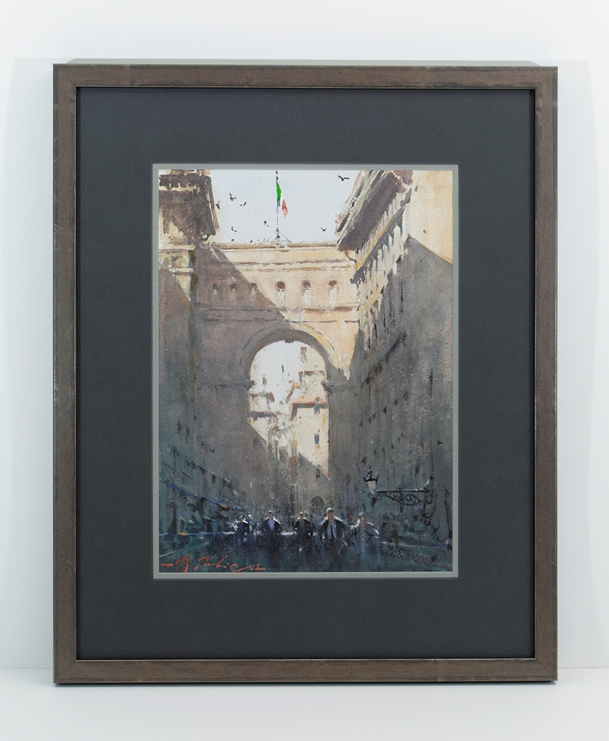
This image demonstrates the benefits of low-reflectance glass. There is no reflection obstructing the watercolour. This would normally be tricky and is perfect for dark work such as this.
Low-iron or water white glass is another option providing clarity and accurate colour. It absorbs less light than standard float glass; light transmission is significantly improved so you view a clearer image and enjoy more accurate colours.
Last but not least there is still the option of diffused glass. Great for reducing glare particularly in harsh lighting conditions. However because the surface of the glass has been etched there is a substantial loss of definition. The greater the distance between the glass and the work, the more “fuzzy” the image becomes.
Are you ever likely to display largescale artwork in public spaces like hospitals, hotels or a child’s room? If you are then you have health and safety considerations and you have two options. If for the sake of clarity the glazing must be glass then laminated safety glass is your product. The other option which has the added advantage of huge weight reduction is one of the “plastic” glazing products, styrene or the more expensive acrylic. The plastics present their own challenges, static and being easily scratched; having said that, even in plastics there are varying degrees of quality and technical advantage right through to museum quality.
So you can see we have one or two things to think about when deciding which glass to use on your work, but there’s more.
Combine one or all of the above, and whilst moving up the price scale, you really start to benefit from developments in glazing technology, enhanced protection and improved experience of your artwork.
But, there’s even more. Apply any of these qualities to Acrylic with the added option of antistatic treatment, and you have a light weight shatter proof glazing perfect for large work, or anything going into public areas or children’s rooms.

A simple demonstration of:
Standard float glass – Low-reflectance glass -Traditional diffused glass.
Yes there is a piece of glass in the middle!!!
The options are vast, and there is no single solution, which is why we framers really do need to see your work and have that chat with you.
Why not give me a call (07833 350815) to chat about your project. If you would like some advice on an appropriate solution, and even take a look at some glazing options for yourself I would be pleased to help.


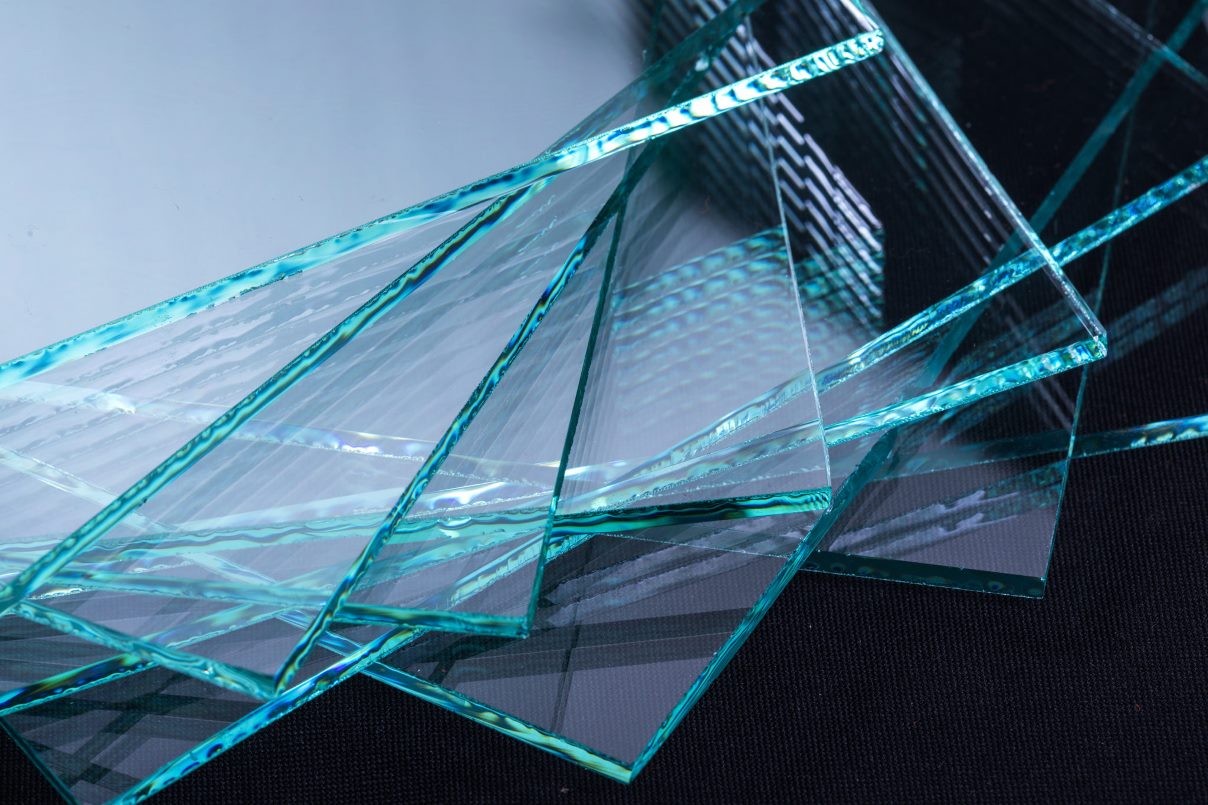
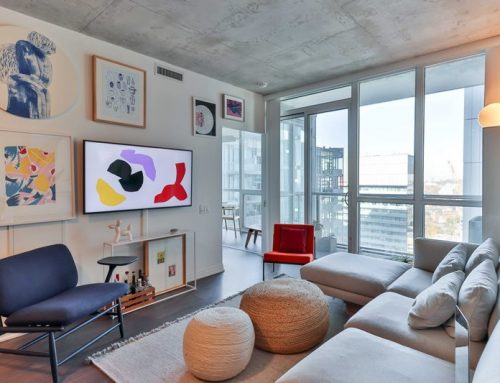


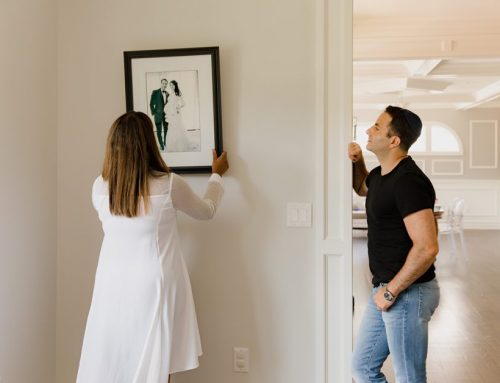

Very clear, no pun intended ! Thank you Bev
Ah! very clever. I hope the article is clear, makes sense and is helpful. Thank you again Eliza for your continued support.